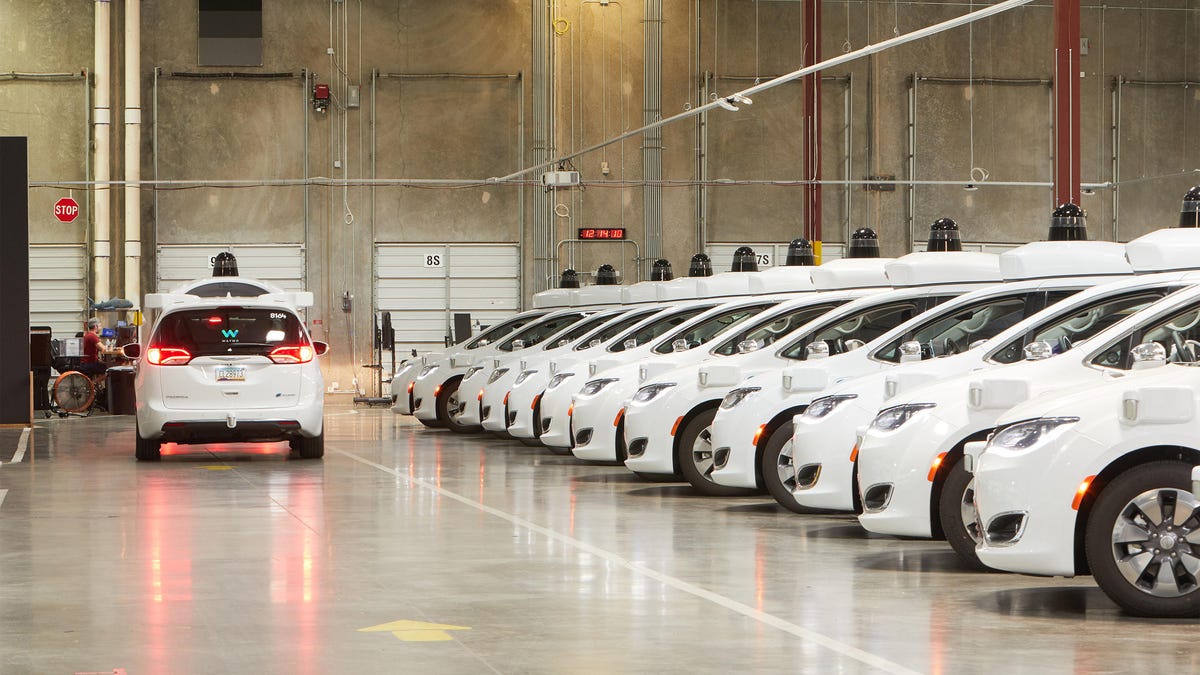Waymo CTO: In a natural disaster, self-driving cars must recognize their limits
How would Alphabet’s autonomous cars fare in an earthquake or other catastrophe?

Waymo's CTO discussed what self-driving cars would do in natural disasters.
Even in an ideal situation, getting a car to safely shuttle a passenger around without a human driver is an insanely difficult task. The software-controlled vehicle has to account for traffic lights, pedestrians and other cars.
But what happens when things become completely chaotic, like during or after an earthquake or other natural disaster? Traffic lights are out, other drivers are panicked, debris is everywhere and people are running around hysterically.
Waymo , the self-driving car arm of Google's parent company Alphabet, says it's taking steps to be prepared for that kind of scenario.
"We're doing parts of the technology development that will help us get there," Dmitri Dolgov, Waymo's chief technologist, said during a press event Wednesday. "There are a number of signals we can use to figure out, just like a human driver, what to do in that situation."
He said the self-driving fleet has already encountered bits and pieces of what the cars might experience during a natural disaster, even though those things would be amplified in an actual emergency. For example, the cars encounter broken traffic lights fairly frequently. And in construction zones and during accidents, there are changes in the road conditions that don't show up on maps.
"You have to reason through these kinds of new situations in real time, the first time you're seeing them," Dolgov said.
Waymo will have to think about those different sets of circumstances as the company ramps up its efforts to bring its robocars to market. On Tuesday, Waymo announced it's partnering with Lyft to offer autonomous car rides to people in the Phoenix area. In the next few months, it'll deploy a 10-car fleet with human operators behind the wheel.
The safety of self-driving cars was called into deeper question last year after an autonomous car from rival Uber, which had a human operator in the driver seat, killed a pedestrian in Tempe, Arizona. The victim was walking with her bike at night outside of a crosswalk, police said at the time.
In a natural disaster, conditions would become even more unpredictable. Waymo cars would have to "be more defensive and be more conservative," Dolgov said. "Recognize the limitations of your system, as well as the limitations of others."

